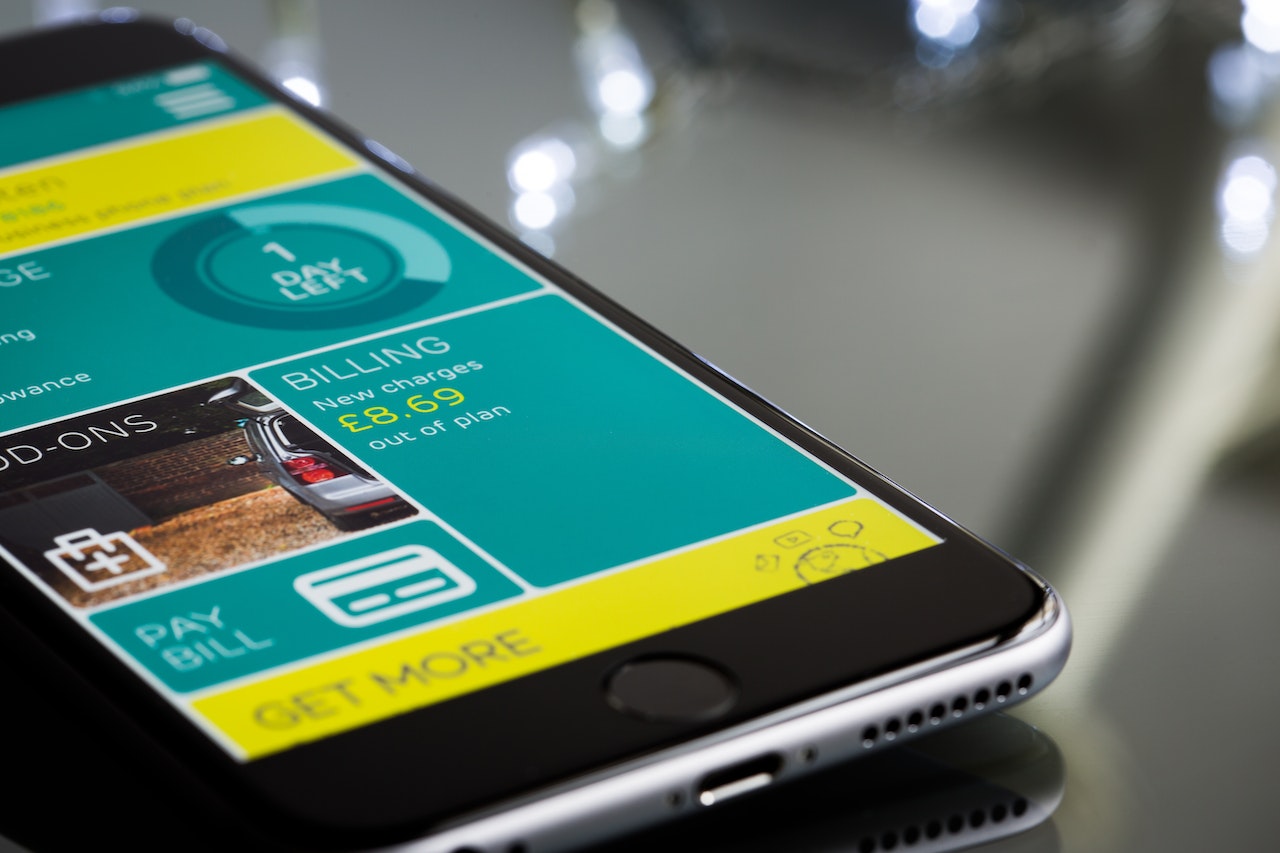How to Increase Your Mobile App Conversion Rate: A Comprehensive Guide
Are you struggling with low conversion rates on your mobile app? You are not alone. Many app developers and businesses are struggling to improve their app conversion rates. In this comprehensive guide, we will discuss proven strategies to increase your mobile app conversion rate and grow your business.
Why Does Mobile App Conversion Rate Matter?
Before we dive into strategies, let’s first understand why mobile app conversion rate is essential. Your app conversion rate is the percentage of users who complete a specific goal, such as making a purchase, subscribing to your service, or filling out a form. A high conversion rate means that your app is successful in converting users into customers.
When we talk about mobile app conversion rate, it’s important to clarify what exactly we’re measuring. Different businesses and app developers may have different conversion goals, such as increasing the number of app installs, the number of users who open the app after installing it, or the number of users who complete a purchase or other desired action within the app.
Therefore, it’s important for app developers and marketers to define their conversion goals and track relevant metrics accordingly. This will help them understand how well their app is performing and identify areas for improvement. By tracking different types of conversions, businesses can gain a more comprehensive understanding of their app’s performance and make data-driven decisions to optimize their conversion rate.
Advantages of High Mobile App Conversion Rate
There are several benefits of having a high mobile app conversion rate, including:
- Increased Revenue: A higher conversion rate means more users are converting into paying customers, resulting in increased revenue.
- Better User Experience: A high conversion rate means that your app provides a seamless user experience, making it easier for users to achieve their goals.
- Better Marketing ROI: A higher conversion rate means that your marketing efforts are paying off, resulting in a better return on investment.
Disadvantages of Low Mobile App Conversion Rate
On the other hand, low mobile app conversion rates can have several negative effects on your business, including:
- Lost Revenue: A low conversion rate means that fewer users are converting into paying customers, resulting in lost revenue.
- Poor User Experience: A low conversion rate means that your app is not meeting user expectations, resulting in a poor user experience.
- Poor Marketing ROI: A low conversion rate means that your marketing efforts are not paying off, resulting in a poor return on investment.
Factors Affecting Mobile App Conversion Rate
Several factors can impact your mobile app conversion rate, including:
- App Design: A well-designed app can improve user experience and increase the conversion rate.
- App Speed: Slow app performance can frustrate users and result in a lower conversion rate.
- App Content: Relevant and useful app content can encourage users to convert.
- App Store Optimization: Proper app store optimization can increase app visibility and attract more users.
Strategies to Increase Mobile App Conversion Rate
Now that we have discussed the importance of mobile app conversion rate and factors affecting it let’s dive into proven strategies to increase your app conversion rate.
1. Optimize App Design
Your app’s design is one of the most critical factors affecting the conversion rate. A well-designed app can improve user experience and make it easier for users to achieve their goals. Here are some design elements to consider:
- Simplify Navigation: A clear and simple navigation menu can make it easier for users to find what they are looking for.
- Use Clear and Compelling CTAs: Use clear and compelling call-to-action (CTA) buttons to encourage users to take action.
- Use High-Quality Images and Videos: High-quality images and videos can help showcase your app’s features and benefits.
- Keep it Simple: Avoid cluttering your app with too many elements or information, as this can confuse or overwhelm users.
2. Optimize App Speed
App speed is another critical factor affecting the conversion rate. Slow app performance can frustrate users and lead to a lower conversion rate. Here are some tips to optimize app speed:
- Reduce App Size: Large app size can result in slow app performance. Optimize app size by compressing images, videos, and other media files.
- Optimize App Code: Use efficient coding practices to optimize app performance and reduce app loading time.
- Use Caching: Use caching to store frequently accessed data, reducing the app’s data fetching time.
3. Optimize App Content
App content is another essential factor affecting the conversion rate. Relevant and useful app content can encourage users to convert. Here are some tips to optimize app content:
- Use Clear and Concise Language: Use simple and concise language to communicate your message effectively.
- Highlight Key Features and Benefits: Highlight your app’s key features and benefits to help users understand how your app can solve their problems.
- Use Social Proof: Use customer reviews, ratings, and testimonials to build trust and credibility.
- Personalize Content: Use user data to personalize app content, providing a more personalized and relevant user experience.
4. Optimize App Store Optimization
Proper app store optimization can increase app visibility and attract more users. Here are some tips to optimize app store optimization:
- Use Appropriate Keywords: Use relevant keywords in your app title, description, and metadata to improve app discoverability.
- Use Compelling App Icon: Use a compelling and visually appealing app icon to stand out in the app store.
- Encourage Ratings and Reviews: Encourage users to rate and review your app, as higher ratings and positive reviews can increase app visibility and attract more users.
Strategies to increase app conversion based on the conversion goal
1. Conversion from Play Store to App Install
The first step in converting users is getting them to download and install your app from the Play Store. Here are some strategies that can help increase app installs:
- Optimize App Store Optimization (ASO): As mentioned earlier, using appropriate keywords, a compelling app icon, and encouraging ratings and reviews can all help increase your app’s visibility in the Play Store and attract more users to install it.
- Run Paid Advertising: Running targeted ads on Google Play or other platforms can help you reach a wider audience and increase your app’s visibility.
- Use Influencer Marketing: Partnering with social media influencers or other relevant websites to promote your app can help you reach a highly targeted audience and increase app installs.
2. Conversion from Play Store to First Use
Once a user has installed your app, the next goal is to get them to actually open and use it. Here are some strategies that can help increase the number of users who open your app after installing it:
- Use Push Notifications: Sending personalized push notifications to users can remind them of your app and encourage them to open it.
- Offer a Welcome Bonus: Providing users with a welcome bonus, such as free credits or a discount on their first purchase, can incentivize them to open and use your app.
- Use Onboarding Techniques: Using interactive onboarding techniques, such as walkthroughs or tutorials, can help users understand how to use your app and increase the likelihood that they will open it.
3. Conversion from Play Store to First Transaction
Finally, the ultimate goal of many apps is to get users to complete a desired action within the app, such as making a purchase or subscribing to a service. Here are some strategies that can help increase the number of users who complete a transaction:
- Use Personalization: Using user data to personalize the app experience and provide users with relevant product recommendations or promotions can increase the likelihood that they will make a purchase.
- Use Social Proof: As mentioned earlier, using customer reviews and ratings can help build trust and credibility with users and encourage them to complete a transaction.
- Offer Incentives: Providing users with incentives, such as free shipping or a discount on their first purchase, can motivate them to complete a transaction and increase your conversion rate.
These are just a few examples of strategies that can be used to increase app conversions for different goals. It’s important to experiment and test different tactics to find what works best for your app and your audience.
Conclusion
In conclusion, optimizing your mobile app conversion rate is crucial to the success of your business. By implementing the strategies discussed in this guide, you can improve your app’s design, speed, content, and app store optimization, leading to a higher conversion rate and increased revenue. Remember to keep testing and iterating your strategies to find what works best for your app and audience.




